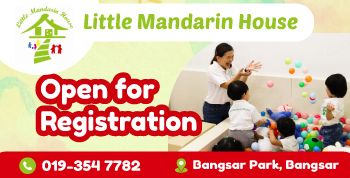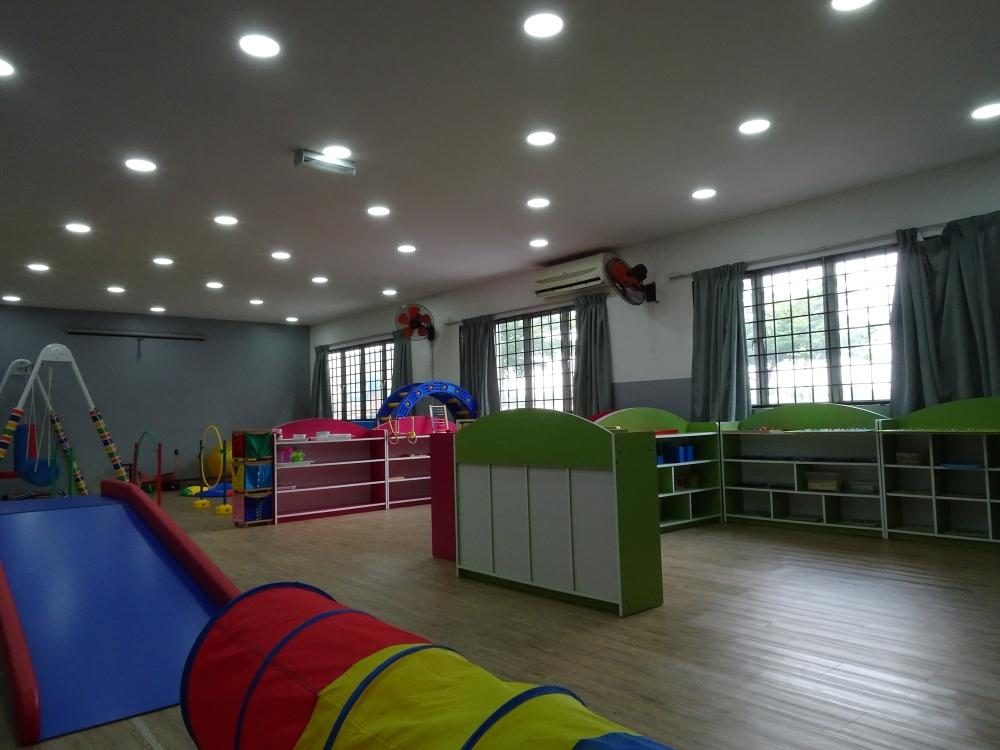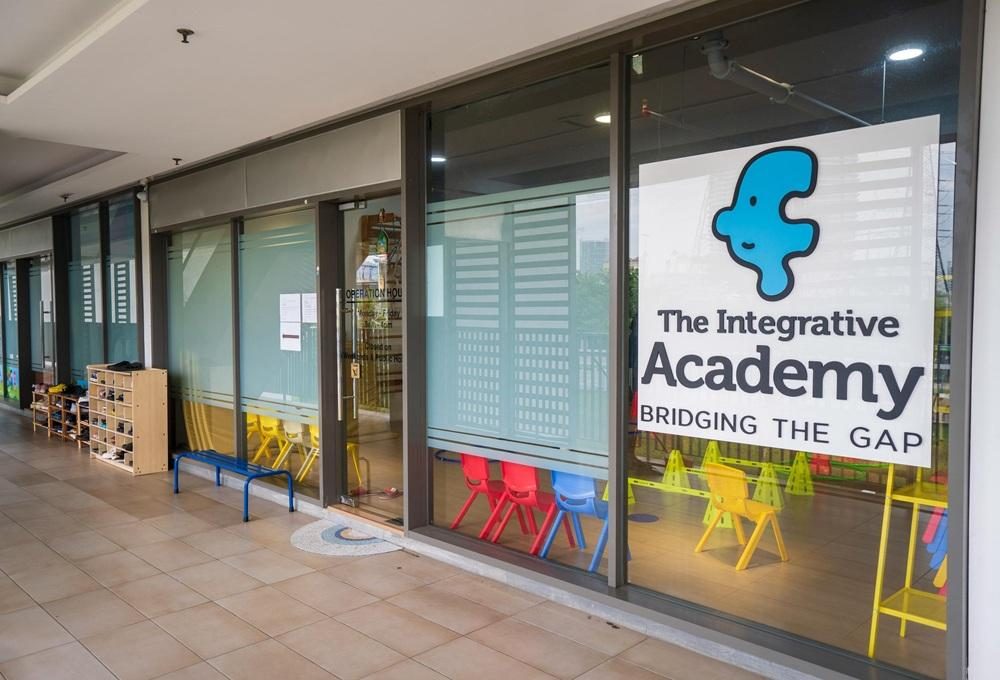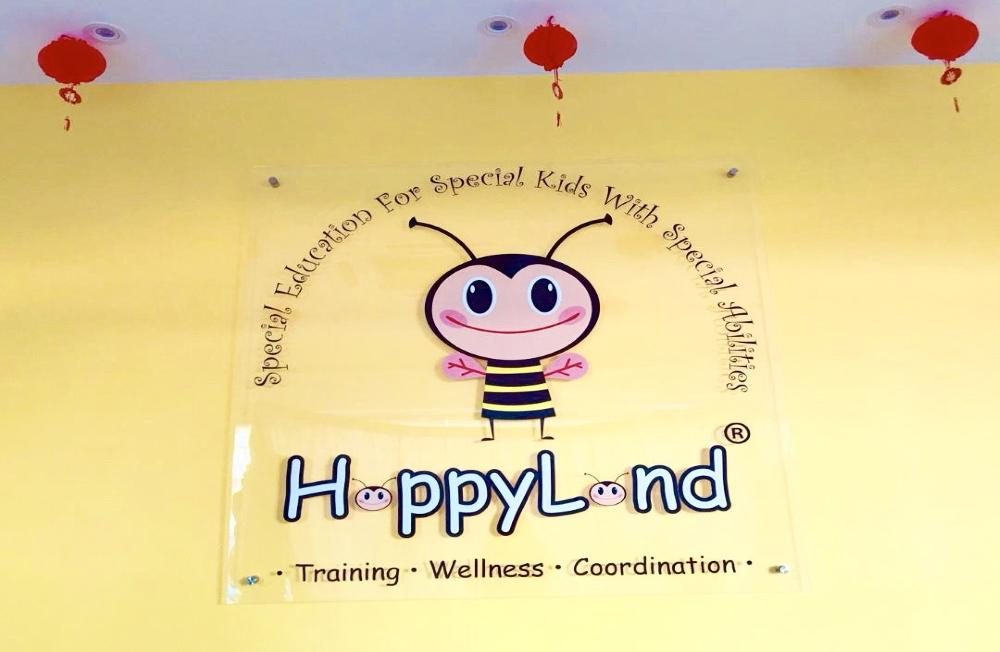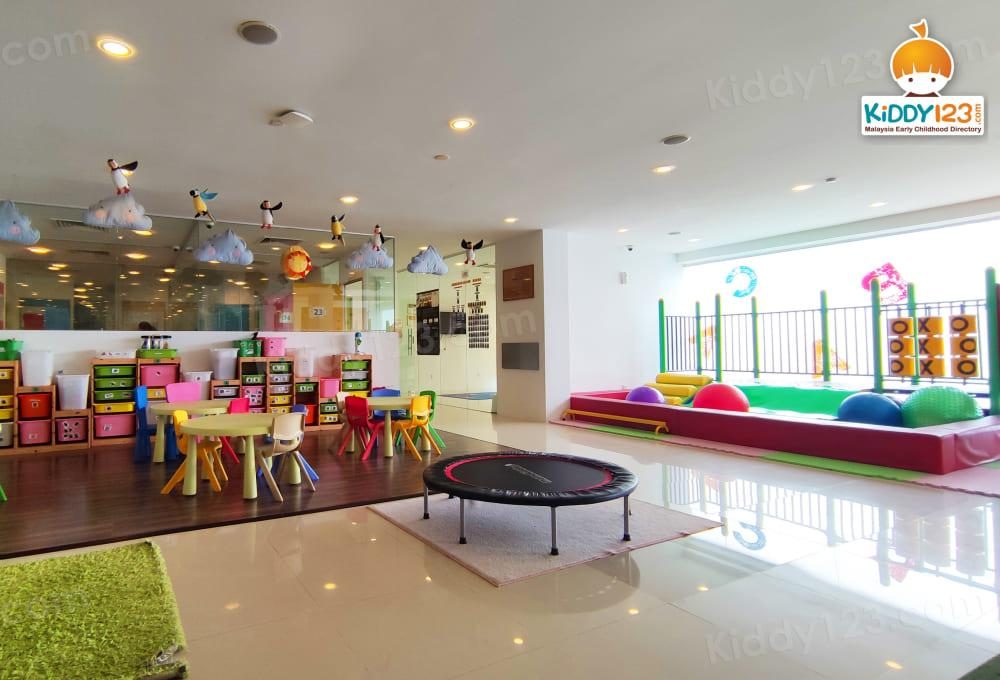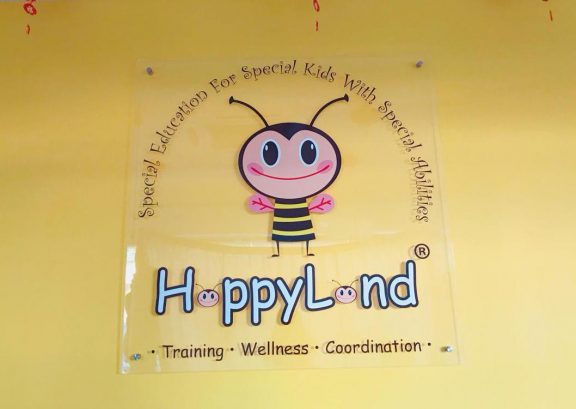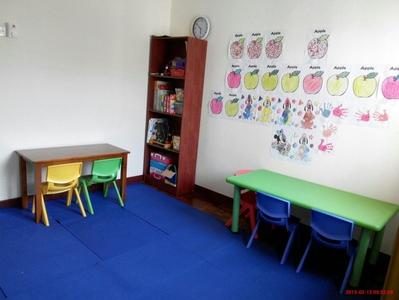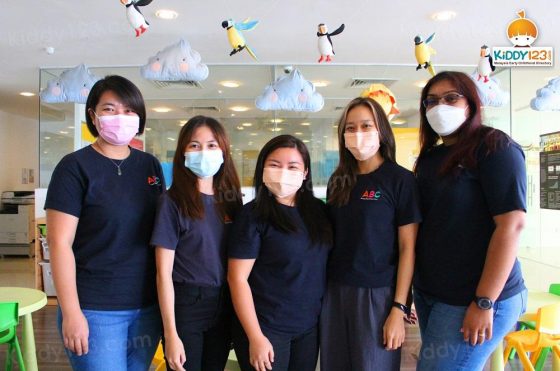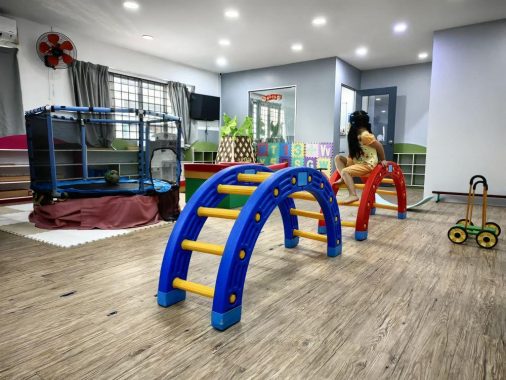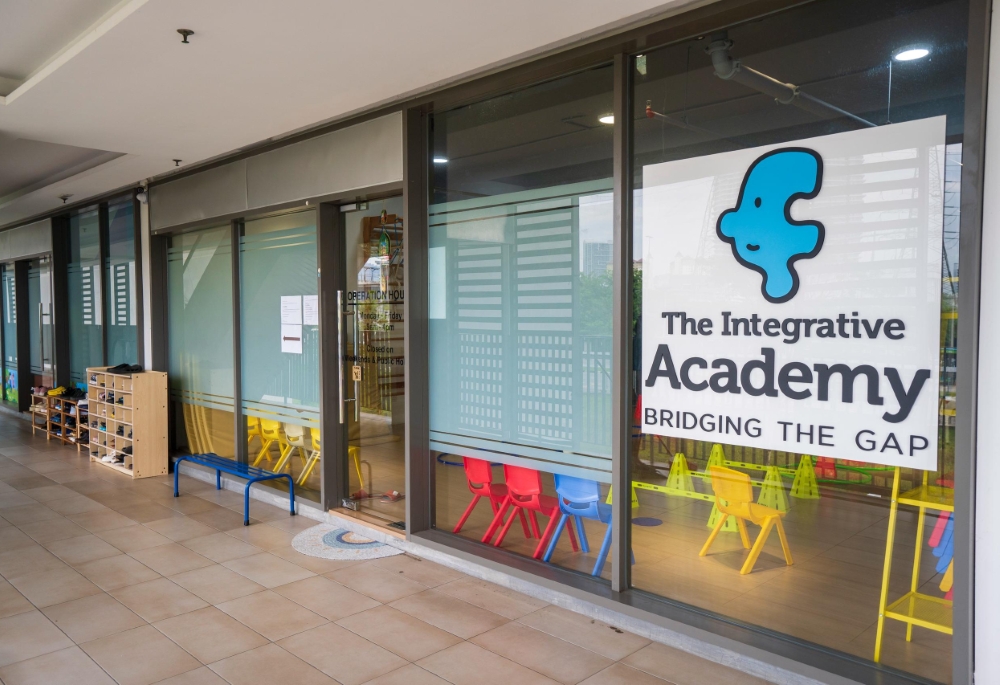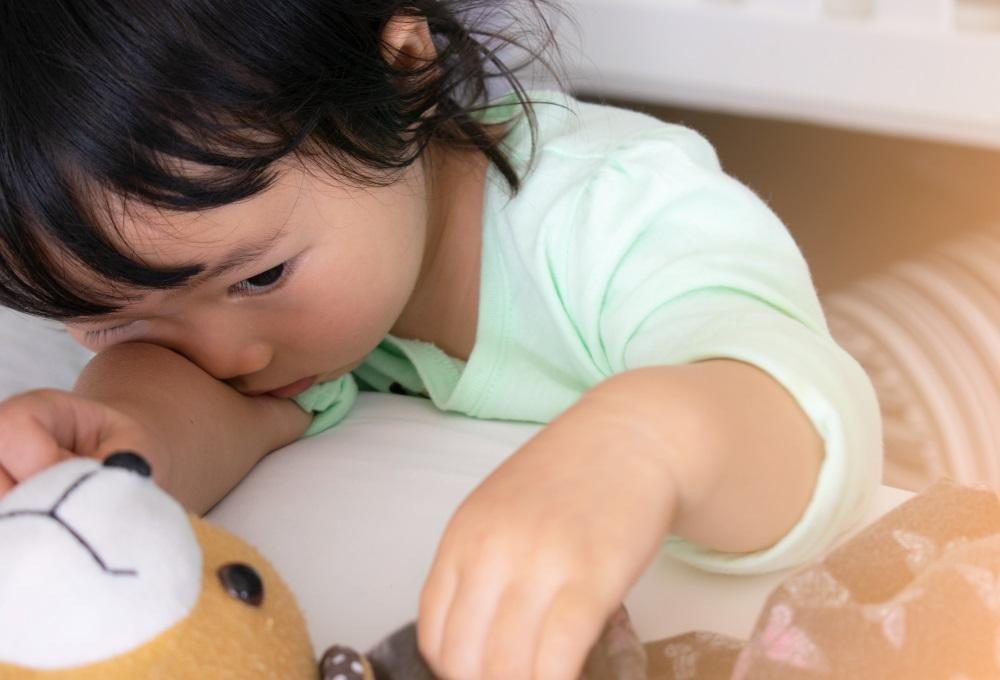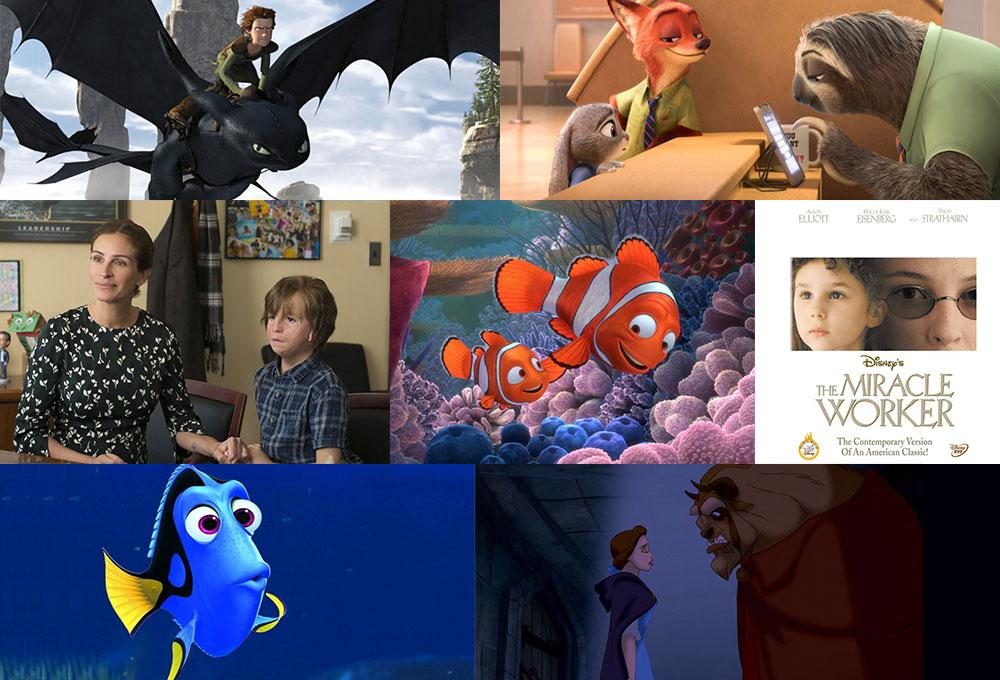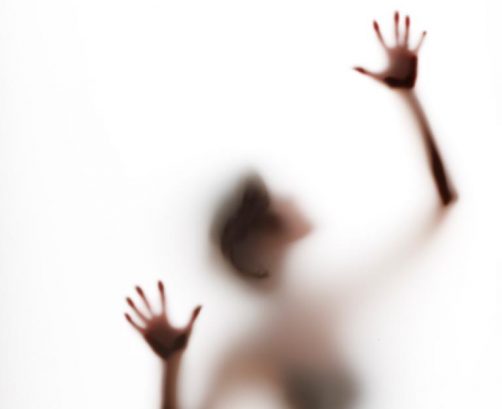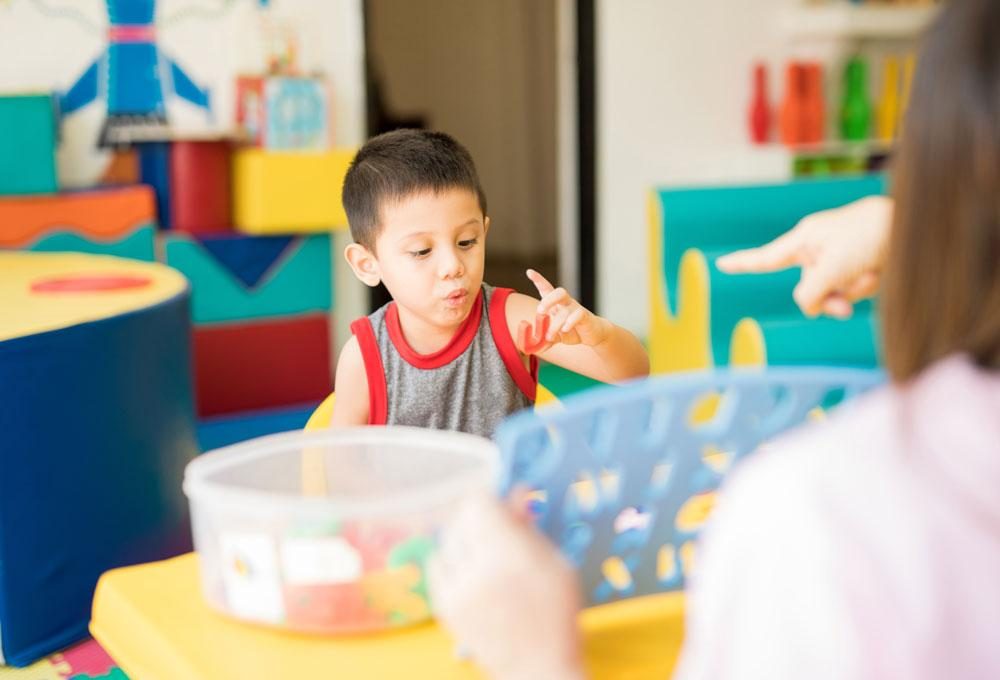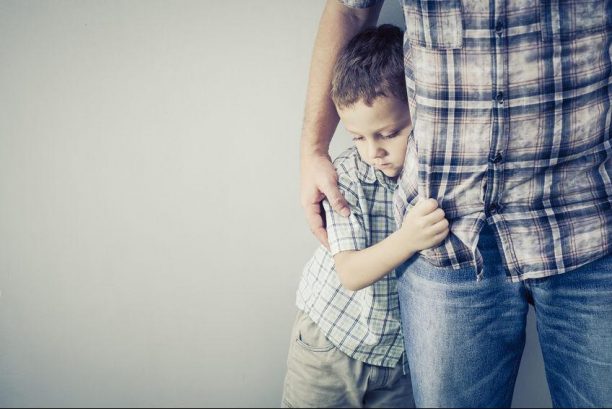Cerebral Palsy | How Does It Affect Children?
by on 05/07/2025 ...
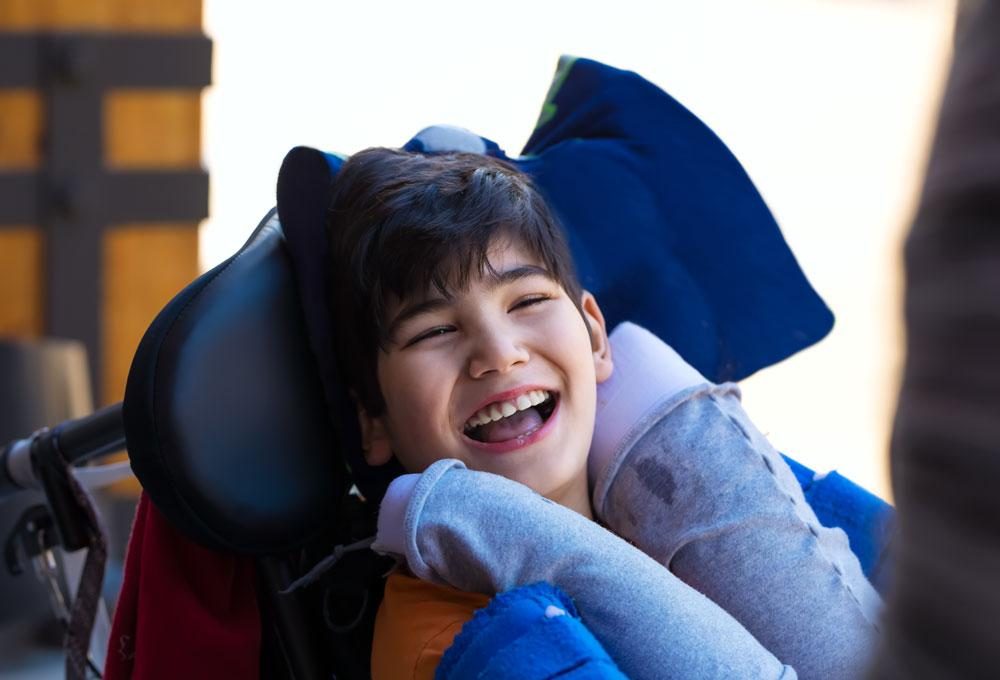
Cerebral Palsy (CP) is a condition that affects a child’s movement and muscle tone. It is the most common motor disability in childhood, and is identified in about 1 in 323 kids.
The signs of CP can vary from person to person, but typically involves features such as poor coordination, muscle stiffness and delayed development.
It is usually diagnosed in infancy or early childhood.
Types of Cerebral Palsy

There are 4 main types of CP:
|
1. Spastic Cerebral Palsy |
|---|
|
Spastic CP is the most common type, affecting about 80% of people with the condition. Those who have this type of CP have increased muscle tone and stiffness, which can lead to awkward body movements. |
|
2. Dyskinetic Cerebral Palsy |
|---|
|
Dyskinetic CP causes trouble with muscle control. Kids with this type of CP can have unpredictable, involuntary movements. |
|
3. Ataxic Cerebral Palsy |
|---|
|
Ataxic CP is the least diagnosed form, manifesting in problems with balance and coordination. |
|
4. Mixed Cerebral Palsy |
|---|
|
When symptoms from different types of CP are present, kids can be diagnosed with mixed CP. |
Symptoms of Cerebral Palsy

Kids with CP often exhibit developmental delays, meaning that they don’t reach milestones expected of their age group. Below are some of the signs and symptoms of cerebral palsy.
|
When the child is below 6 months old: |
|---|
|
|
When the child is above 6 months old: |
|---|
|
|
When the child is above 10 months old: |
|---|
|
|
Other symptoms of CP in young kids |
|---|
|
How do you know if your child has special educational needs? Here are some early warning signs to look out for.
Causes of Cerebral Palsy

Cerebral Palsy is caused by damage or abnormal development in the brain that can occur before, during, or after birth. About 70% of CP cases result from prenatal factors.
The severity of the condition is dependent on when the damage or disruption happened, and the extent to which the brain was impacted.
|
There are several ways a child’s brain can be damaged, including: |
|---|
|
CP is not considered a hereditary condition, but some research has shown genetic influences may predispose a person to cerebral palsy.
Treatments for Cerebral Palsy
As with other developmental disabilities, treatment for CP should begin as early as possible. There is no cure, but medicine and surgical options do exist for some. There are also a number of interventions to seek out, such as physical therapy, occupational therapy, and speech and language therapy.
Do visit a medical professional for diagnosis and advice if you think your child may have cerebral palsy.
If you’re looking for a list of top special needs centres in Malaysia, check out our selected picks here.
Contact: Autism Behavioral Center (ABC), Bangsar, Kuala Lumpur















